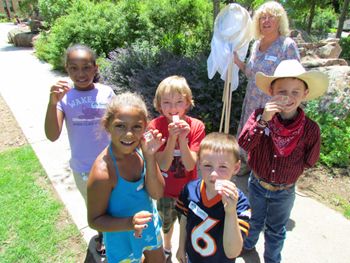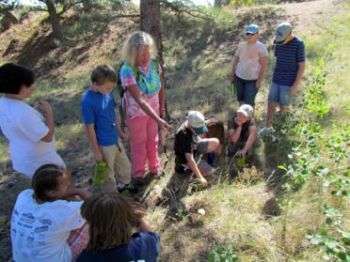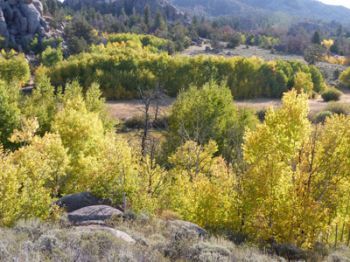Classroom Visits
Biodiversity workshops can be tailored to grades K-12 and designed around a biodiversity topic of interest. Examples include: Plant identification, tracking of rare and sensitive species, the use of genetic data in biodiversity studies, Wyoming's special flora and fauna, and visits to the Rocky Mountain Herbarium or the Museum of Vertebrates.
Biodiversity Workshops

Workshops can be tailored to meet specific learning goals, or to provide a broad overview of biodiversity science, the many methods that are used to study it, and the role that scientists play in wildlife and habitat management decisions.
Biodiversity Field Trips

Pollinator Education
Pollinators are a critical group of animals that make plant reproduction (seeds and fruits) possible. Much of the 
Facilities
UW Museum of Vertebrates - examine the mammals, birds, fishes and amphibians of Wyoming and beyond, and learn how speciation is an important process in nature.
"Berry Prairie" Green Roof - study the native plants and pollinators of Wyoming prairies on the green roof, and evaluate how green roofs influence urban dynamics and conservation.
Wyoming Natural Diversity Database - track Wyoming's rare and sensitive plant and animal species through mapping, data collection and analysis, and collaboration.
Stable Isotope Facility - using scales, microscopes and chemistry, see how weights of atoms can tell stories about a plant or animal's life history.
Schedule Your School Visit
For Remote Educators:

- The Biodiversity Institute offers a variety of educational material, available for download or in printed form.
- Wyoming Biodiversity Citizen Science Initiative (WyoBio)
What programs would you like to see developed and used in your classroom? Contact us with your suggestions.


